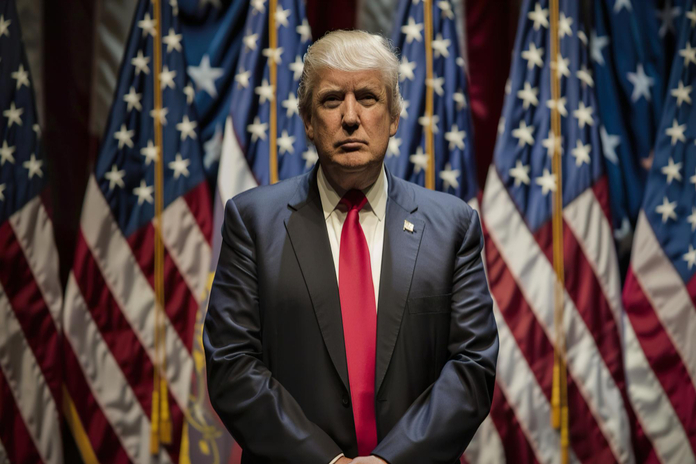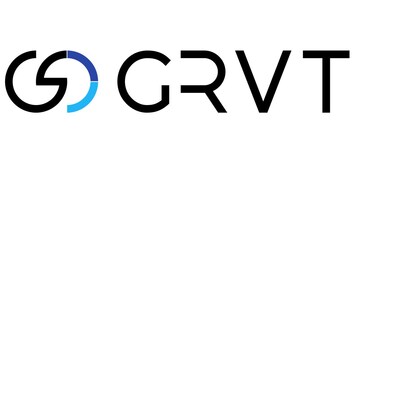KuCoin Achieves AAA Rating on CER.live, Solidifying Position as a Top Secure Cryptocurrency Exchange
This post was originally published on this site
VICTORIA, Seychelles, June 24, 2025 /PRNewswire/ — KuCoin, a leading global cryptocurrency exchange, proudly announces its prestigious AAA rating on CER.live, a renowned cybersecurity ranking platform for cryptocurrency projects.
This accolade positions KuCoin as the top 6 most secure exchanges worldwide, reflecting its unwavering commitment to user protection and operational excellence. With a 90% security score and perfect 100/100 marks in server security, user security, penetration tests, and its bug bounty program, KuCoin stands alongside industry giants such as Coinbase, OKX, and Kraken, reinforcing its reputation as a trusted platform in the competitive cryptocurrency market.

In 2025, KuCoin has reinforced its security commitment through significant milestones. At TOKEN2049 Dubai, KuCoin announced the $2 Billion Trust Project, which showcases its commitment to the 41 million users through the security-first approach. In addition, the exchange secured the SOC 2 Type II certification, validating its strong internal controls for security, alongside the ISO 27001:2022 certification, aligning with global information security benchmarks. Most recently, on June 19, 2025, KuCoin unveiled a partnership with BitGo that integrates the Go Network for Off-Exchange Settlement. This collaboration enhances security for institutional clients by separating custody and execution. Through multi-year efforts, KuCoin aims to enhance transparency, security, and compliance by integrating advanced features like zero-trust architecture, sophisticated encryption key management, and monthly PoR (Proof of Reserves) reporting. These steps ensure users’ assets are both safeguarded and transparently managed, boosting confidence in the platform.
BC Wong, CEO of KuCoin, emphasized this ethos, stating, “Security isn’t just a feature at KuCoin—it’s the foundation of everything we do, and the AAA rating on CER.live reflects our relentless focus on user safety. We will continue to invest in cutting-edge security technologies and practices to stay ahead of emerging threats.“
Looking ahead, KuCoin is poised to strengthen its security framework. The exchange is also pursuing global regulatory compliance, including the MiCAR license in the EU, to meet evolving standards and ensure a secure trading environment worldwide. CER.live’s AAA rating carries weight due to its rigorous CERtified methodology, which evaluates exchanges on cybersecurity practices, penetration testing, PoR, and bug bounty programs. Integrated into CoinGecko’s TrustScore, these rankings offer users an objective measure of platform reliability, a critical factor in an industry where security lapses can be catastrophic.
Serving over 41 million users across 200+ countries, KuCoin continues to lead by example in the cryptocurrency ecosystem. Its achievements in 2025 highlight a mission to deliver a secure, user-focused platform that builds trust and accelerates Web3 adoption. Through its relentless focus on security, transparency, and innovation, KuCoin continues to set a high standard for the cryptocurrency exchange ecosystem.
About KuCoin
Founded in 2017, KuCoin is one of the pioneering and most globally recognized technology platforms supporting digital economies, built on a robust foundation of cutting-edge blockchain infrastructure, liquidity solutions, and exceptional user experience. With a connected user base exceeding 41 million worldwide, KuCoin offers comprehensive digital asset solutions across wallets, trading, wealth management, payments, research, ventures, and AI-powered bots.
KuCoin has garnered accolades such as “Best Crypto Apps & Exchanges” by Forbes and has been recognized among the “Top 50 Global Unicorns” by Hurun in 2024. This recognition reflects its commitment to user-centric principles and core values, which include integrity, accountability, collaboration, and a relentless pursuit of excellence. Learn more at: www.kucoin.com

Photo – https://megastockalert.com/wp-content/uploads/2025/06/image-1.jpg
Logo – https://megastockalert.com/wp-content/uploads/2025/03/KuCoin_Horizontal_Green_LOGO_Logo.jpg
![]() View original content:https://www.prnewswire.co.uk/news-releases/kucoin-achieves-aaa-rating-on-cerlive-solidifying-position-as-a-top-secure-cryptocurrency-exchange-302489458.html
View original content:https://www.prnewswire.co.uk/news-releases/kucoin-achieves-aaa-rating-on-cerlive-solidifying-position-as-a-top-secure-cryptocurrency-exchange-302489458.html

Featured Image: depositphotos @ kongvector





















